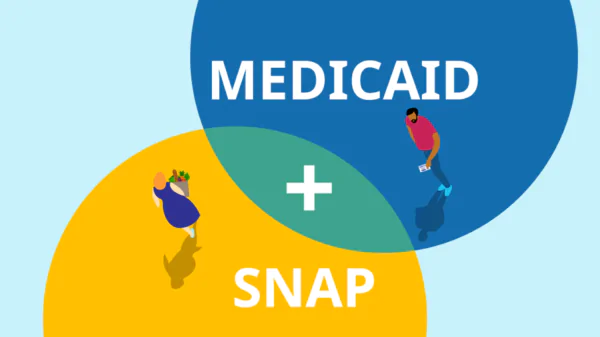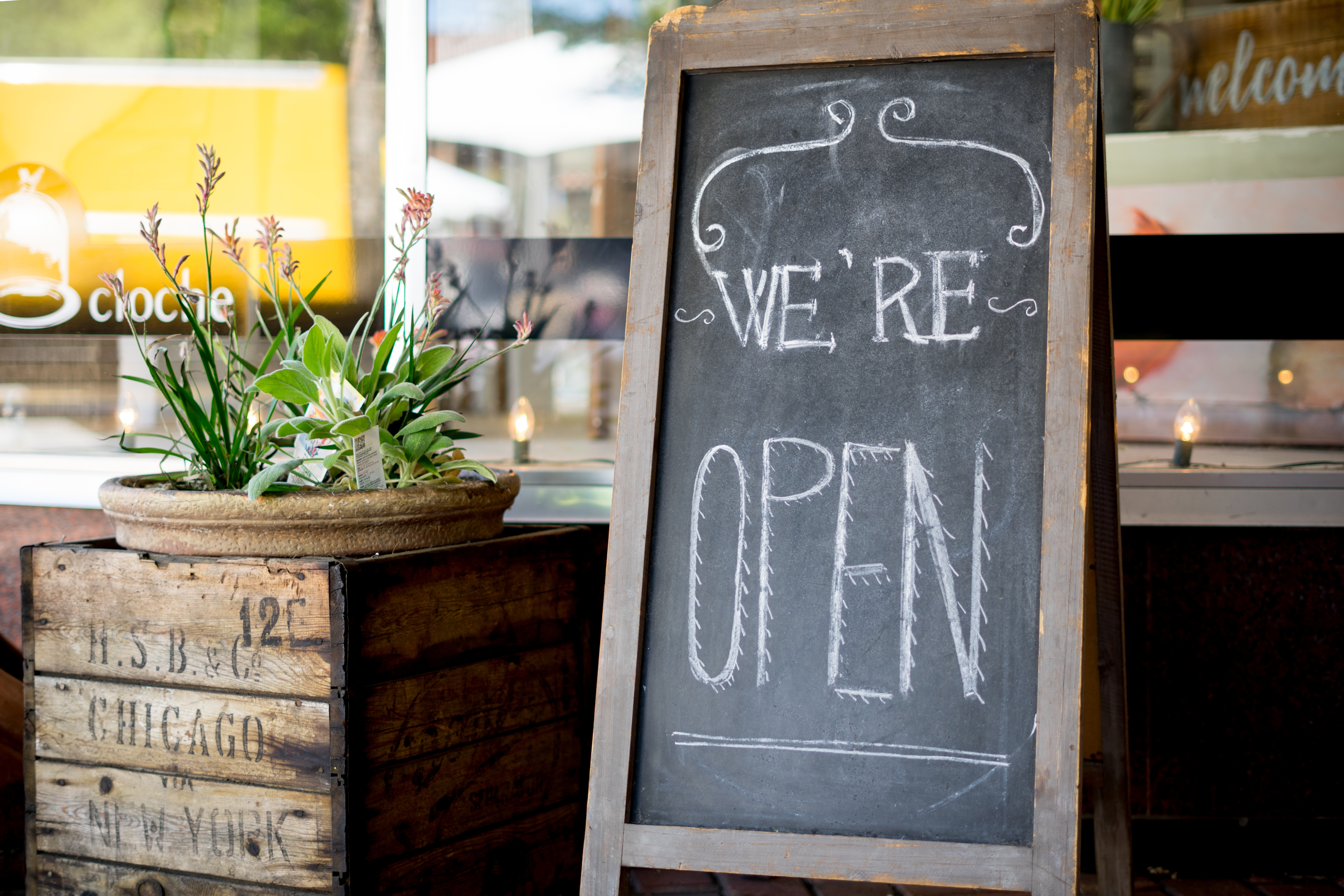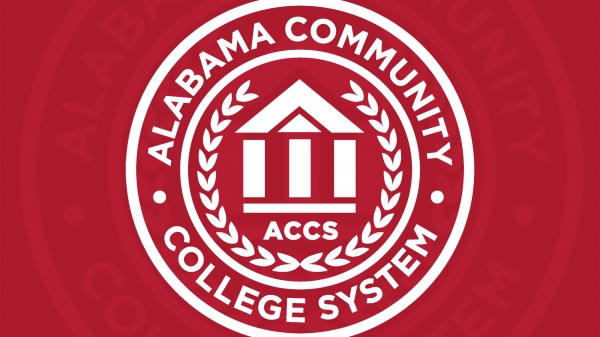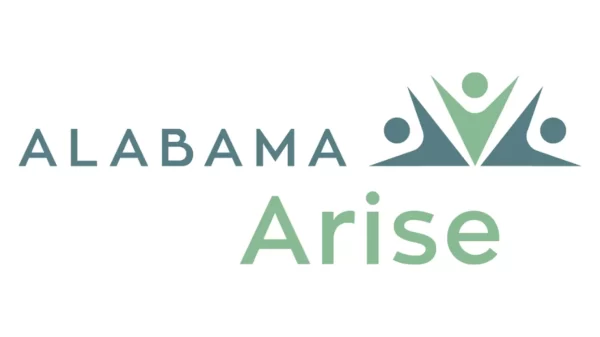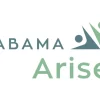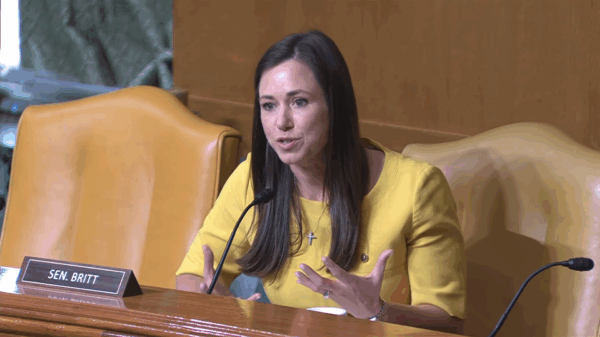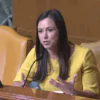NFIB State Director Rosemary Elebash says NFIB’s Small Business Optimism Index is somewhat encouraging but underscores the challenges still facing Alabama’s small businesses. The June index was released this morning.
“Small business optimism may be improving, but owners say they’re still struggling to find enough people to fill the positions that are available,” Elebash said. “The state’s unemployment rate was a record low 2.2 percent in May, but many businesses are still unable to fill vacant positions. Our small business members are encouraged that the Legislature appropriated more money so the Alabama Community College System (ACCS) can continue to implement quick credentialing through the ACCS Innovation Center for positions identified by employers throughout the state, but that is a long-term solution. In the short term, many businesses are having to find creative ways to get by with fewer workers.”
NFIB’s Small Business Optimism Index increased 1.6 points in June to 91.0, however, it is the 18th consecutive month below the 49-year average of 98. Inflation and labor quality are tied as the top small business concerns with 24 percent of owners reporting each as their single most important problem. The net percent of owners raising average selling prices decreased three points to a net 29 percent seasonally adjusted, still a very inflationary level but trending down. This is the lowest reading since March 2021.
“Halfway through the year, small business owners remain very pessimistic about future business conditions and their sales prospects,” said NFIB Chief Economist Bill Dunkelberg. “Inflation and labor shortages continue to be great challenges for small businesses. Owners are still raising selling prices at an inflationary level to try to pass on higher inventory, labor, and energy costs.”
Key findings include:
- Small business owners expecting better business conditions over the next six months improved 10 points from May to a net negative 40 percent, 21 percentage points better than last June’s reading of a net negative 61 percent.
- Forty-two percent of owners reported job openings that were hard to fill, down two points from May but remaining historically very high.
- The net percent of owners who expect real sales to be higher improved seven points from May to a net negative 14 percent.
As reported in NFIB’s monthly jobs report, 59 percent of owners reported hiring or trying to hire in June, down four points from May. Of those hiring or trying to hire, 92 percent reported few or no qualified applicants for the positions they were trying to fill.
Fifty-three percent of owners reported capital outlays in the last six months, down four points from May. Of those making expenditures, 37 percent reported spending on new equipment, 21 percent acquired vehicles, and 14 percent improved or expanded facilities. Eight percent spent money on new fixtures and furniture and 6 percent acquired new buildings or land for expansion. Twenty-five percent of owners plan capital outlays in the next few months. Overall, business investment is weak.
A net negative 10 percent of all owners (seasonally adjusted) reported higher nominal sales in the past three months, down two points from May. The net percent of owners expecting higher real sales volumes improved seven points to a net negative 14 percent. A very negative outlook for the second half.
The net percent of owners reporting inventory increases decreased one point to a net negative 3 percent. Not seasonally adjusted, 14 percent reported increases in stocks and 13 percent reported reductions. Fourteen percent of owners recently reported that supply chain disruptions still have a significant impact on their business. Another 28 percent reported a moderate impact and 42 percent reported a mild impact. A net negative 4 percent of owners viewed current inventory stocks as “too low” in June, down one point from May. A net negative 3 percent of owners plan inventory investment in the coming months, a weak number.
The net percent of owners raising average selling prices decreased three points from May to a net 29 percent seasonally adjusted, the lowest since March 2021. Unadjusted, 12 percent of owners reported lower average selling prices and 43 percent reported higher average prices. Price hikes were the most frequent in retail (52 percent higher, 10 percent lower), construction (49 percent higher, 4 percent lower), finance (48 percent higher, 3 percent lower), and wholesale (47 percent higher, 19 percent lower). Seasonally adjusted, a net 31 percent of owners plan price hikes.
Seasonally adjusted, a net 36 percent of owners reported raising compensation, down five points from May. A net 22 percent plan to raise compensation in the next three months. Eight percent cited labor costs as their top business problem, down two points from May and 24 percent said that labor quality was their top business problem.
The frequency of positive profit trends was a negative net 24 percent, up two points from May. Among owners reporting lower profits, 28 percent blamed weaker sales, 24 percent blamed the rise in the cost of materials, 13 percent cited the usual seasonal change, 10 percent cited labor costs, 8 percent cited lower prices, and 4 percent cited higher taxes or regulatory costs. For owners reporting higher profits, 50 percent credited sales volumes (where price increases show up), 23 percent cited usual seasonal change, and 11 percent cited labor costs.
Two percent of owners reported that all their borrowing needs were not satisfied. Twenty-seven percent of owners reported all credit needs met and 60 percent said they were not interested in a loan. A net 6 percent reported their last loan was harder to get than in previous attempts. Two percent of owners reported that financing was their top business problem, down two points from May. Credit remains available but the price is rising as the Federal Reserve raises its policy rate.




















